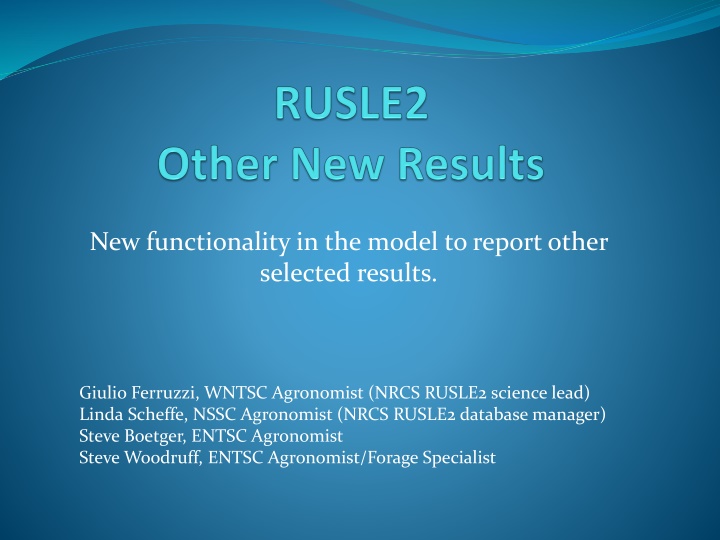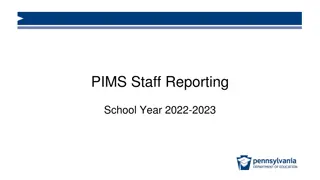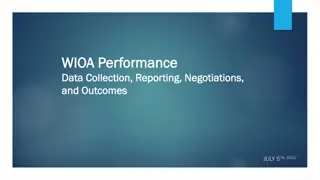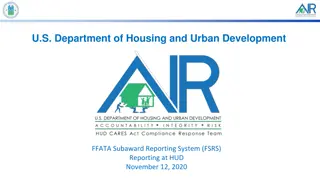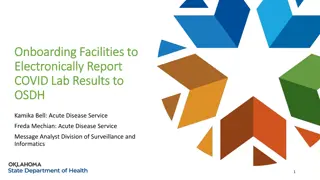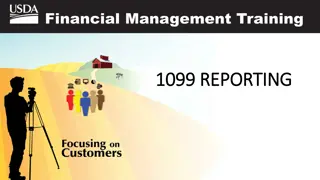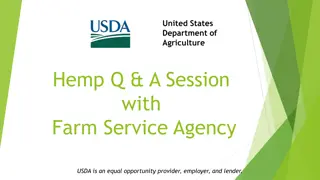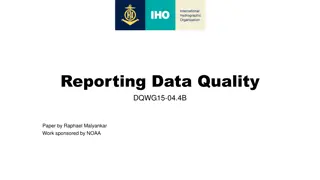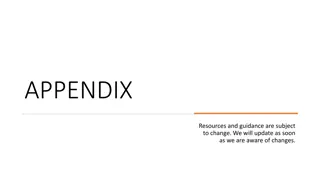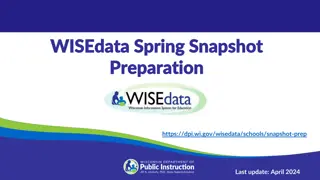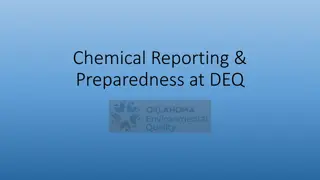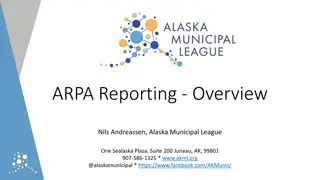Enhancing Model Functionality for Reporting Selected Results
The new functionality in the model allows for reporting various selected results related to soil loss, runoff, forage demand, and consumption. Different color codes are used to represent different values, making it easy to identify soil condition and erosion status. Additionally, new parameters for perennial vegetation improve modeling of rotations involving grazing and haying. This enhancement enables better comparison and analysis of rainfall infiltration differences, especially useful during drought periods.
Download Presentation

Please find below an Image/Link to download the presentation.
The content on the website is provided AS IS for your information and personal use only. It may not be sold, licensed, or shared on other websites without obtaining consent from the author.If you encounter any issues during the download, it is possible that the publisher has removed the file from their server.
You are allowed to download the files provided on this website for personal or commercial use, subject to the condition that they are used lawfully. All files are the property of their respective owners.
The content on the website is provided AS IS for your information and personal use only. It may not be sold, licensed, or shared on other websites without obtaining consent from the author.
E N D
Presentation Transcript
New functionality in the model to report other selected results. Giulio Ferruzzi, WNTSC Agronomist (NRCS RUSLE2 science lead) Linda Scheffe, NSSC Agronomist (NRCS RUSLE2 database manager) Steve Boetger, ENTSC Agronomist Steve Woodruff, ENTSC Agronomist/Forage Specialist
This is an output graphic. When the calculated SCI value for the profile run is 0.2 or greater, the cell will display green. If the calculated SCI value for the profile run is between 0.2 and -0.2 the cell will display yellow. Lastly, if the calculated SCI value for the profile run is -0.2 or less, the cell will display red. This is an output graphic. When the calculated soil loss for cons. plan value for the profile run is 2T or greater, the cell will display red. If the calculated soil loss for cons. plan value for the profile run is between T and 2T the cell will display yellow. Lastly, if the calculated soil loss for cons. plan value for the profile run is T or less, the cell will display green. The average annual runoff leaving the last segment of a hillslope. The value is calculated as the summation of runoff amounts for all simulated events divided by the number of years in the rotation or non-rotation simulation period. This is the runoff equivalent of sediment delivery at the downslope end of the last segment. The average annual difference between forage demand and forage consumption. Forage shortfall is only calculated for operations that use a forage removal method specifying rate and time on, and is the sum of the shortfalls for each day. Shortfall is calculated only for these removal methods because when forage harvest is based on height or utilization portion, forage removal stops when the criterion to end a grazing period is met, so there is no shortfall.
This is the tab where the detailed runoff data resides and can be graphed.
Average annual sum of all live above ground biomass and standing residue harvested as forage. The mass weighted average age of live and dead herbage removed as forage, where the age of harvested standing dead residue is set equal to the lifespan of the forage that produced the standing dead residue. The average annual difference between forage demand and forage consumption. Forage shortfall is only calculated for operations that use a forage removal method specifying rate and time on, and is the sum of the shortfalls for each day. Shortfall is calculated only for these removal methods because when forage harvest is based on height or utilization portion, forage removal stops when the criterion to end a grazing period is met, so there is no shortfall.
SCI & Soil Loss Graphics make soil condition and erosion status quick to identify by color. New perennial vegetation parameters help to better model rotations with grazing and haying. Runoff values help compare differences in the amount of rain infiltration. In times of drought, having the rotation with higher infiltration will mean more available water for the crop.
If I have a RUSLE2 question, who do I call?
